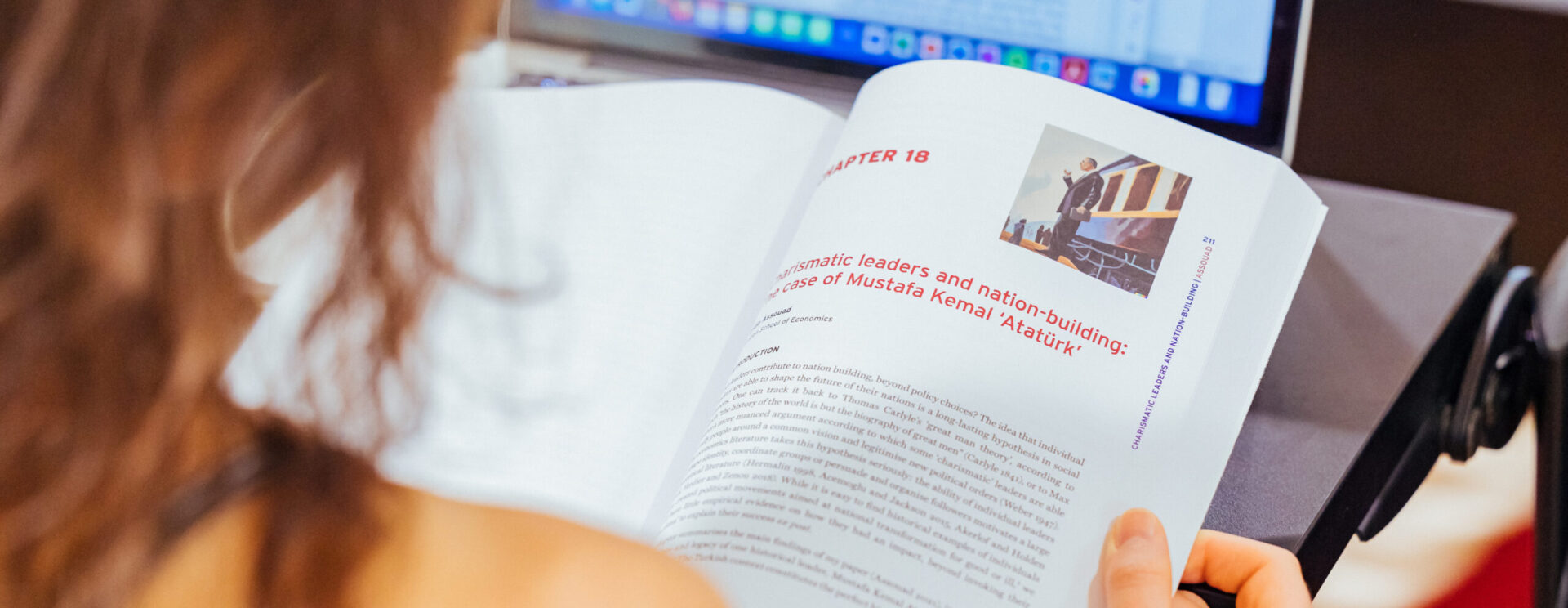3D printing contribution to create a set of calibration phantoms dedicated to personalized measurements in internal dosimetry
Thesis: Following the incorporation of radionuclides in the body, quantitative imaging in nuclear medicine and in vivo spectrometry measurements are used to quantify the retained activity. The calibration of these in vivo systems can be improved to take account of individual variability. To optimize the measurements of the activity retained, innovative calibration phantoms were created and manufactured by 3D printing. 3D computer graphics were used for the design, coupled with an engineering work allowing the inclusion of radionuclides and the fit to users’ needs. A set of age-specific thyroid phantoms has been developed and used to improve the thyroid in vivo measurement of children. Following a systematic study, the calibration coefficients for IRSN emergency and routine installations were determined for adults and 5, 10 and 15 year old children. A pathological thyroid phantom has been developed in addition to the set of thyroid phantoms dedicated to the emergency to improve the thyroid uptake measurement in nuclear medicine. A multicentre study was carried out to optimize the calibration so that treatment of thyroid benign diseases moves towards a better personalization. For lung in vivo measurement, a set of breast phantoms has been developed to improve the monitoring of female workers. Finally, this research work has allowed developing several phantoms adapted to the needs and their usefulness was proven for the quantification of the activity in internal dosimetry.
Keywords
- Radioprotection
- Anthropomorphic phantoms
- Calibration
- 3D printing
- Nuclear medicine
- Activity measurements
Issuing body(s)
- Université Paris Saclay (COmUE)
Date of defense
- 21/09/2018
Thesis director(s)
- Didier Franck
URL of the HAL notice
Version
- 1
